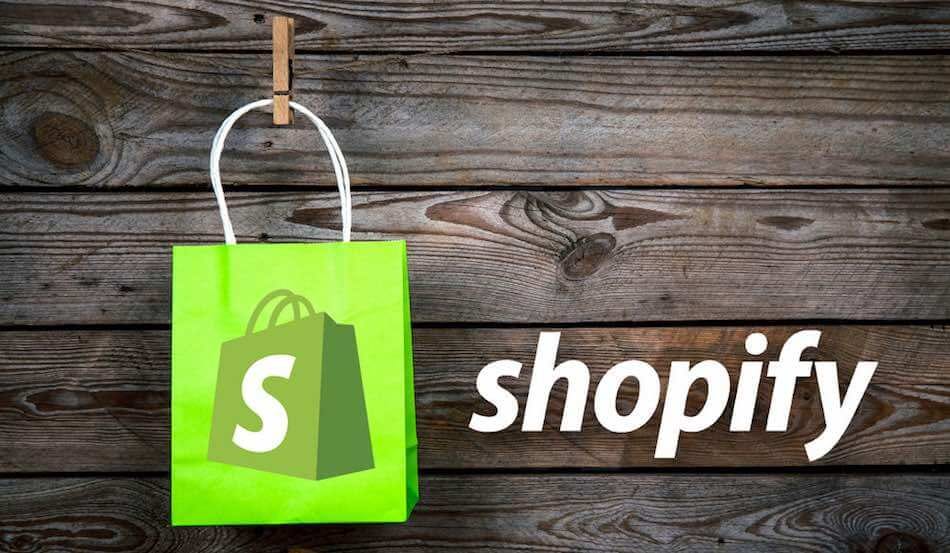In today’s digital economy, Shopify dropshipping has emerged as one of the most accessible and profitable ways to start an online business with low upfront costs. Whether you’re an aspiring entrepreneur or someone looking for a side hustle, learning Shopify dropshipping can open the door to financial freedom — even without holding any inventory.
If you’re wondering how to learn Shopify dropshipping, this article breaks down the process into clear, actionable steps to help you go from beginner to business owner.
What Is Shopify Dropshipping?
Dropshipping is a retail fulfillment method where a store doesn’t keep products in stock. Instead, you purchase the items from a third-party supplier, who ships them directly to the customer. Shopify is the platform that powers your online store, making it easy to list products, accept payments, and manage orders.
In short: You sell — your supplier ships — you profit.
Step 1: Understand the Dropshipping Business Model
Before launching your store, it’s essential to understand how dropshipping works:
-
You set up a Shopify store.
-
You find products using apps like DSers, Zendrop, or Spocket.
-
You import these products into your store with markup.
-
When a customer places an order, you buy the item from your supplier.
-
The supplier ships the product to your customer.
-
You earn the profit margin between your sale price and the supplier’s cost.
This low-risk model means you don’t pay for inventory upfront, but it requires strategy, research, and marketing to be successful.
Step 2: Learn the Basics of Shopify
Shopify is a user-friendly eCommerce platform, and learning how to use it is the foundation of your dropshipping business.
What to learn:
-
How to create a Shopify account
-
How to install and use themes
-
Navigating the Shopify dashboard
-
Adding products and collections
-
Setting up payment gateways (e.g., PayPal, Stripe)
-
Managing orders and customer support
Shopify offers a 14-day free trial, so take advantage of that while you learn the ropes.
Step 3: Choose a Profitable Niche
Picking the right niche can make or break your store. The goal is to find a balance between passion, demand, and profitability.
Tips for choosing a niche:
-
Research trending products using Google Trends, TikTok, or Amazon Best Sellers.
-
Avoid overly saturated or generic categories like “phone cases” or “jewelry.”
-
Focus on solving a specific problem or serving a targeted audience.
Examples of winning niches:
-
Eco-friendly kitchen tools
-
Pet grooming gadgets
-
Home office accessories
-
Fitness and wellness gear
Step 4: Find Reliable Suppliers
Choosing dependable suppliers ensures product quality and customer satisfaction. Use trusted dropshipping tools integrated with Shopify:
-
DSers (official AliExpress partner)
-
Spocket (US/EU-based suppliers)
-
Zendrop (faster shipping times)
-
CJ Dropshipping (broad range of products)
Check for:
-
Fast shipping options
-
Good reviews and ratings
-
Product quality
-
Easy order fulfillment process
Step 5: Design Your Shopify Store
A professional-looking store builds trust and increases conversions.
Key elements to focus on:
-
Clean, mobile-optimized design
-
Clear product descriptions with benefits
-
High-quality product images and videos
-
Easy navigation and search functionality
-
Visible policies: shipping, refunds, privacy
Use Shopify themes like Dawn, Debut, or premium options from ThemeForest for better design flexibility.
How to Learn YouTube Automation: The Complete Beginner’s Guide
Step 6: Learn Digital Marketing
Marketing is what drives traffic and sales. Focus on the platforms where your target audience spends time.
Effective dropshipping marketing channels:
-
Facebook Ads: Great for targeting specific demographics.
-
TikTok Organic & Ads: Viral content can explode traffic.
-
Instagram Influencers: Use micro-influencers for budget-friendly exposure.
-
Email Marketing: Use Klaviyo or Omnisend to build customer relationships.
-
Google Shopping Ads: Great for high-intent buyers.
Start with one platform, master it, then expand.
Step 7: Understand Analytics and Optimization
Data is your best friend. Use analytics to track what’s working and what’s not.
Tools to use:
-
Shopify Analytics: Sales, traffic, and conversion tracking
-
Google Analytics: Deep insights into user behavior
-
Hotjar: Understand how users interact with your store
-
Facebook Pixel: Optimize your Facebook ad campaigns
Regularly A/B test your product pages, ads, and checkout process to improve performance.
Step 8: Learn from Courses and Mentors
While trial and error teaches a lot, structured learning can speed up the process.
Recommended learning resources:
-
Free Shopify Academy courses
-
YouTube creators like Oberlo, Wholesale Ted, and Jordan Welch
-
Paid platforms like Udemy, Skillshare, or Dropship Lifestyle
-
Join Facebook groups or Discord communities for peer support
Step 9: Stay Updated and Adapt
The eCommerce landscape changes quickly. Stay informed on:
-
Algorithm updates
-
Shipping regulations
-
Ad platform policies
-
Consumer trends and product shifts
Adaptability is the key to long-term success.
Final Thoughts
Learning Shopify dropshipping is not a get-rich-quick scheme. It’s a legitimate business model that requires patience, effort, and a willingness to learn and adapt. The barrier to entry is low — but those who succeed do so by treating it like a real business.
Start with a simple store, focus on a niche, test products, learn marketing, and optimize continuously. With the right mindset and persistence, you can build a successful dropshipping brand from scratch.
